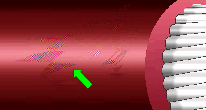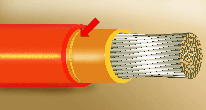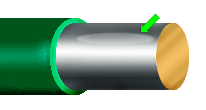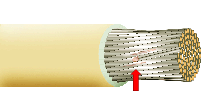MECHANICAL STRIPPING
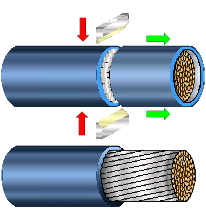
Mechanical stripping is an inexpensive, easy method of stripping most commonly used insulation materials and is the preferred methos for manually stripping film insulations such as Kapton®.
In the process, a grooved knife-edge is used to cut the insulation jacket down to the conductor. The severed insulation section is then manually removed without damaging the conductor.
See Section 1.01 "Wire Preparation, General Requirements", for common accept/reject criteria.
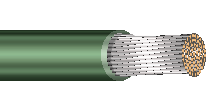
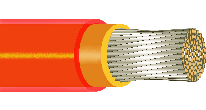
PREFERRED
GENERAL REQUIREMENTS
(ALL CONDUCTOR/INSULATION TYPES)
The insulation jacket has been neatly trimmed, with no edge flash and no mechanical damage to the conductor or insulation. Conductor stranding exhibits a normal twist pattern (lay).
PREFERRED
KAPTON® INSULATED CONDUCTORS
The insulation jacket has been trimmed neatly and squarely, with minimal edge flash and no mechanical damage to the conductor or insulation. Conductor stranding lay (twist pattern) is undisturbed.
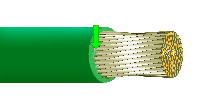
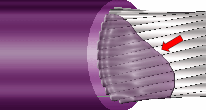
ACCEPTABLE
EDGE FLASH
Edge flash shall not exceed one-quarter insulated wire diameter (1/4 d.). Edge flash is a thin layer of insulation that is produced during the stripping process, and is considered a contaminant.
NASA-STD-8739.4 [10.1.6]
UNACCEPTABLE
EXCESSIVE EDGE FLASH
The edge flash is in excess of one-quarter insulated wire diameter (1/4 d.), and may interfere with the proper completion of a crimped or soldered termination.
NASA-STD-8739.4 [10.1.6]

